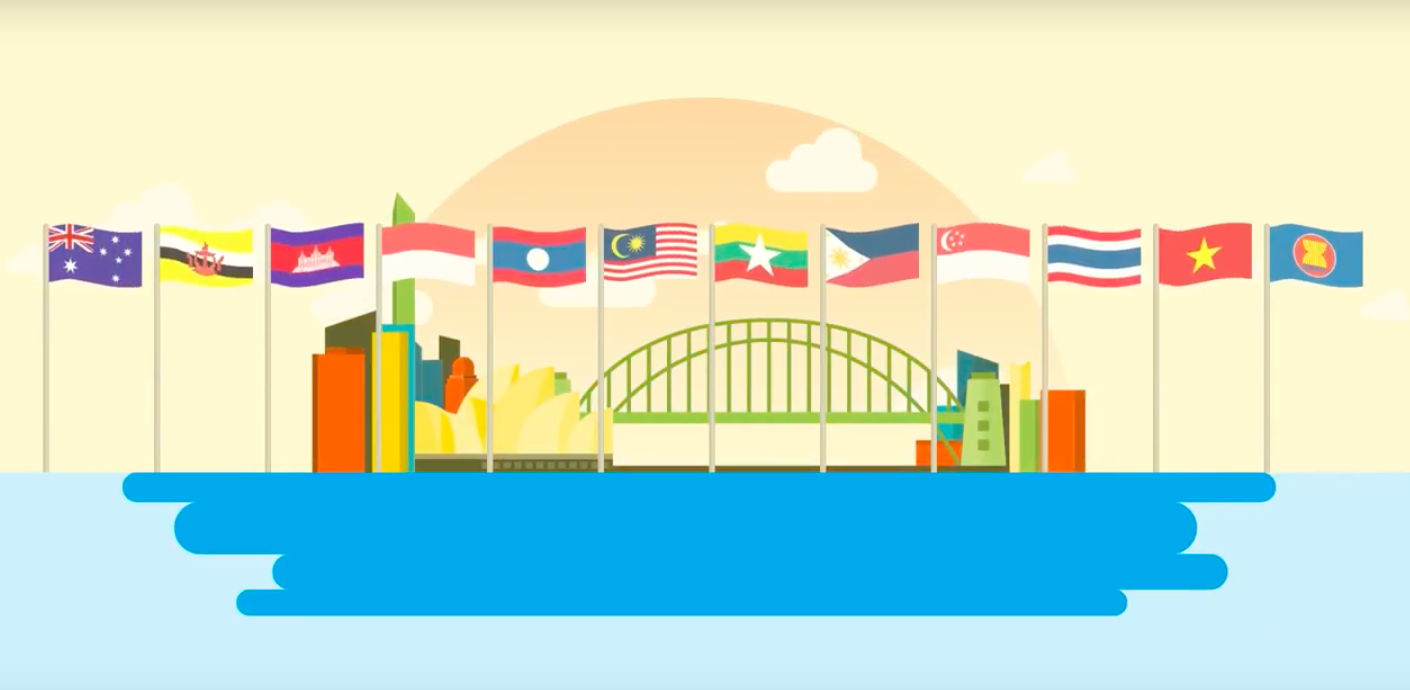Publications
New Players, Ideas, and Arrangements: The Quest to Counter-balance China
- Details
- Written by: Philip Vincent Alegre

In November of last year, the world witnessed the US put forward new rhetoric in its foreign policy toward Asia. US President Donald Trump, towards the end of his 12-day five nation Asia tour, departed from usual US language and started referring to an “Indo-Pacific” region instead of “Asia Pacific”, a move which did not go unnoticed by analysts and observers in the region.
Senior White House officials, including National Security Adviser H R McMaster and US Secretary of State Rex Tillerson, repeatedly used the new term in their press briefings and speeches in the same period. It was evident that the usage of the new regional concept is a policy by the Trump administration intended to address growing concerns and rapid changes in the Asia Pacific.
Who Cares If Duterte Skips the ASEAN-Australia Summit?
- Details
- Written by: Mark Manantan*

Screenshot from ASEAN-Australia Special Summit 2018 Youtube Video
Philippine President Rodrigo Duterte’s decision to skip the ASEAN-Australia commemorative summit did not come as a surprise. Despite the warm gesture extended by Australian Prime Minister Malcolm Turnbull through a personal invitation, Duterte was unimpressed. Citing development issues as his main reason for staying put in Manila, Duterte is sending his top diplomat for the two-day summit instead. The firebrand leader’s decision to turn down the invite stems from his skepticism towards governments or states who have criticized his war on drugs.
Deployment of Filipino Household Service Workers to China: Opportunities and Potential Pitfalls
- Details
- Written by: Dr. Meiting Li*
Photo from: South China Morning Post
In July 2017, the Department of Labor and Employment (DOLE) revealed that there was a possibility for China to hire Filipino household service workers (HSWs) with a high salary of up to P100,000 per month. The claim was echoed by similar statements made by President Rodrigo Duterte in January, and by Labor Secretary Silvestre Bello in February 2018. Despite the lack of an official statement from the Chinese government, China is likely to open its doors to Filipino HSWs, albeit with restrictions, given the fast-growing demand and the pressing problems it is facing in its domestic household service industry. This paper aims to provide a brief analysis of the opportunities and potential pitfalls for Philippine deployment of HSWs to China.
ASEAN and the Indo-Pacific in 2018
- Details
- Written by: *Daniel Chua Wei Boon

Photo from Creative Commons
The Indo-Pacific, as a geopolitical concept, was first coined in 2007 by Gurpreet Khurana in an article published by Strategic Analyses. Referring to the strategic and political space covered by the Indian and Pacific Oceans, the term has since been used in speeches by Japan’s Prime Minister Shinzo Abe in 2007 and US President Donald Trump in 2017. Australia’s 2012 White Paper on the Asian Century applies the concept extensively. The concept of an ‘Indo-Pacific’ thus vacillates between that of a geographical idea and a strategic area. Wedged between the two Oceans, Southeast Asia naturally plays a critical role in Indo-Pacific security.
ASEAN celebrated 50 years of its formation in 2017 in the midst of reminiscence of how the organisation has grown. Whereas the usefulness of ASEAN continues to be debated, it is quite clear that an Indo-Pacific without ASEAN will not be any better. So how can ASEAN contribute to the Indo-Pacific in 2018? This paper focuses on the agenda of the 2018 ASEAN Chair and relates the goals to broader Indo-Pacific affairs. It also discusses what more needs to be done by ASEAN.

